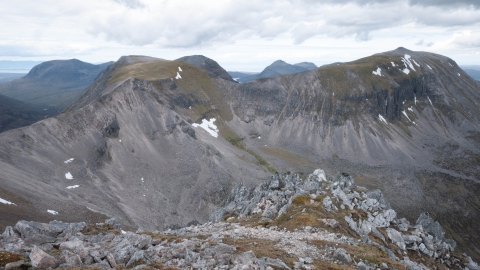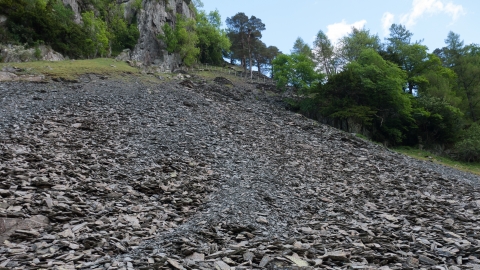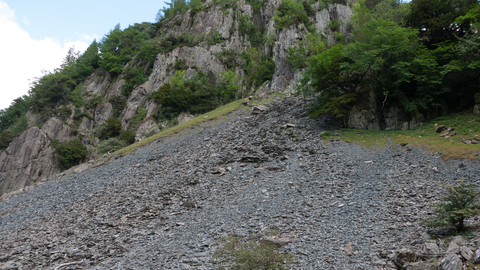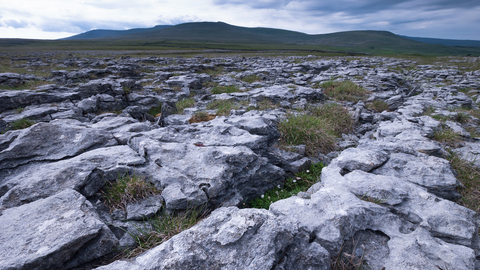



Rocky habitat
What is it?
Rocky habitats are mostly found in the uplands wherever the underlying rock reaches the surface. For a small island, the geology of the UK is surprisingly diverse and there are examples of rocks from almost all geological eras.
A useful way to classify them is whether they are acid or lime-rich.
- Siliceous (acidic) rocks are those with high silica content. They prevail in the uplands and include granite, gneiss, sandstone and quartzite.
- Basic rocks are those rich in calcium such as limestone (including chalk), some calcareous schists and some igneous (volcanic) rocks, such as serpentine and basalt. Their distribution is limited in the uplands, but they generally support a richer array of plants and include sites celebrated for their diversity of wildflowers.
Rocky habitats include cliffs, crags, rocky outcrops, scree and boulder fields, and limestone pavement. Features common to all these habitats are the lack of soil and exposure to the wind and rain.
Plants are usually confined to ledges and crevices. They are specially adapted to cope with a challenging environment. For example, many are cushion-like, compact, low growing and mat-forming with small, in-rolled leaves and strong roots. Examples include cyphel, moss campion, purple saxifrage, highland cudweed, mountain sorrel, and rare plants such as alpine woodsia, alpine gentian and saxifrages.
On wider cliff ledges, out of the reach of grazing animals, tall-herb flora can grow. On lime-rich rock, this includes globeflower, lady’s-mantles, roseroot, wood crane’s-bill and marsh hawk’s beard. Acid ledges support great wood-rush, bilberry and several ferns. At lower altitudes, such ledges can also support trees such as rowan and aspen that are prevented from regenerating elsewhere by grazing.
Scree is generally found below cliffs and crags and is formed of shattered rocks and boulders that have fallen from above. They can support lichens and grasses, like heath bedstraw, and fir clubmoss and a range of ferns. However, this succession can be reset at any time by fresh rockfalls and movements of the scree downhill.
What to look for
Ring ouzel and wheatear nest in cracks. Golden eagle, raven and peregrine nest on cliffs. Keen botanists may find some of the UK’s rarest plants on lime-rich rocks such as alpine woodsia, yellow oxytropis, alpine bartsia and alpine gentian. Other alpine species are more widespread and equally interesting. Look in north-facing gullies, overhangs, and anywhere with seeping water to see what you can find.
Conservation
Remote, hard to access and unsuitable for agriculture, rocky habitats have not been shaped by humans and are not dependent on management for their conservation.
However, there are a lot of grazing animals in the uplands and it is generally only the most inaccessible ledges and screes that remain unaffected by livestock. A reduction in grazing would allow some wild plants and animals to spread.
The vegetation is often sparse and can be vulnerable to disturbance. Recreational climbers are encouraged not to “clean” vegetation away for handholds and to avoid vulnerable areas.
Climate change is likely to alter the Arctic-alpine plants, which can only move higher up to avoid the effects of a warmer climate. Once at the summit, they will have nowhere else to go.
How you can help
You can help at home by not buying rocks for your garden that have been quarried from limestone pavements. When visiting rocky habitats in spring and summer, take care not to disturb nesting birds such as ring ouzel.
Cliffs are often inaccessible but rocky outcrops, scree edges and limestone pavement can be explored with care. Tread carefully, these are sensitive habitats.
